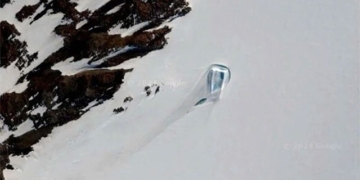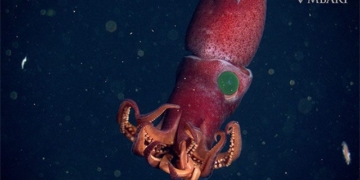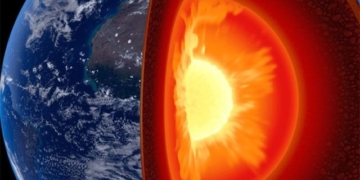As we search for new homes beyond the universe, scientists are also examining soil samples from the surfaces of Mars and the Moon to detect potential unknown threats. There may exist bacteria or viruses harmful to humans.
Preliminary analysis of samples from Mars indicates that there may be species of bacteria and viruses that differ from those found on Earth. These Martian microorganisms could possess the ability to withstand climate change and high radiation levels. On Earth, bacteria and viruses typically require specific temperatures and living conditions to thrive, but the harsh environment on Mars does not meet these requirements.
Conversely, studies of lunar soil suggest that there may be fewer bacteria and viruses. The environmental conditions on the Moon are relatively stable, and factors such as a lack of atmosphere have limited the existence and development of bacteria and viruses to a certain extent. However, scientists have still discovered some possible traces of microorganisms, and we currently need to conduct further research to verify their authenticity.
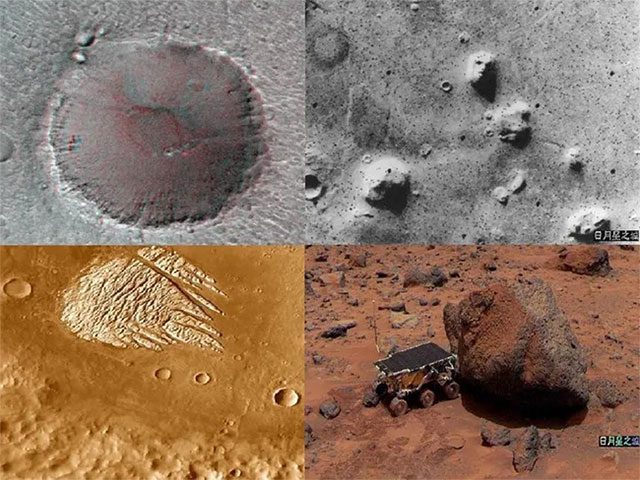
Research on Mars and lunar samples indicates the possible presence of bacteria and viruses harmful to humans. Bacteria in samples from Mars demonstrate resilience to climate change and radiation, while there are relatively few bacteria in lunar soil. Nevertheless, whether on Mars or the Moon, we should be aware of potential threats to human health from extraterrestrial microorganisms and take appropriate measures for prevention and response. This way, we can explore space more safely and embark on human space adventures. (Image: Zhihu).
Although there may be differences in bacteria and viruses in samples from Mars and lunar soil, we cannot overlook their potential threats to human health. In future space exploration missions, astronauts will certainly come into contact with these extraterrestrial microorganisms. If we do not fully understand the nature and impact of these microorganisms, serious health issues may arise.
Environmental Factors That Could Be Harmful to Humans
Mars and the Moon are targets for human space exploration in the future and also potential sites for human habitation. By studying the differences between soil samples from Mars and the Moon, we can uncover the presence of environmental factors that could be harmful to humans. These discoveries are crucial for humanity’s exploration and habitation plans.
There are many volcanic rocks and minerals in Mars soil samples, while lunar soil primarily consists of basalt minerals. Volcanic minerals from Mars soil samples may release toxic gases such as sulfur dioxide and carbon dioxide. These gases can cause severe damage to the respiratory system and human health. Some harmful substances, like organic compounds and heavy metals, have also been found in Mars samples, posing potential dangers to human physiology and ecological environments.
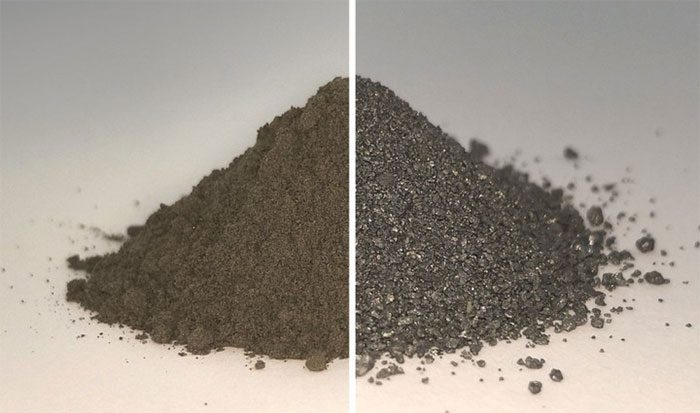
By studying the differences between soil samples from Mars and the Moon, we can reveal the presence of environmental factors that could be harmful to humans. These factors include toxic gases and hazardous substances in Mars samples, differences in soil pH, soil carrying harmful microorganisms and biological particles, as well as high levels of space radiation. (Image: Zhihu).
The soil in Mars samples is acidic and has a low pH, while lunar soil is highly alkaline. This acidic soil can adversely affect crops and agricultural development. Martian soil also impacts the microbial population in the soil, disrupting ecological balance and nutrient cycles. Addressing the acidity of Martian soil is crucial for future exploration and habitation plans on Mars.
Soil and dust in Mars samples may carry harmful microorganisms and biological particles. These microorganisms and biological particles could negatively impact human immune systems and health. Similarly, microorganisms are present in lunar soil, but their potential impacts are not yet well understood and require further study.
Space radiation is a significant issue on the surfaces of Mars and the Moon. Compared to Earth’s atmosphere, the atmospheres of these two planets are weak and cannot effectively block radiation. This high radiation intensity harms human cells and genetic material, increasing the risk of cancer and other radiation-related diseases. In future space exploration and habitation plans, research and application of radiation protection technologies must be enhanced.















































